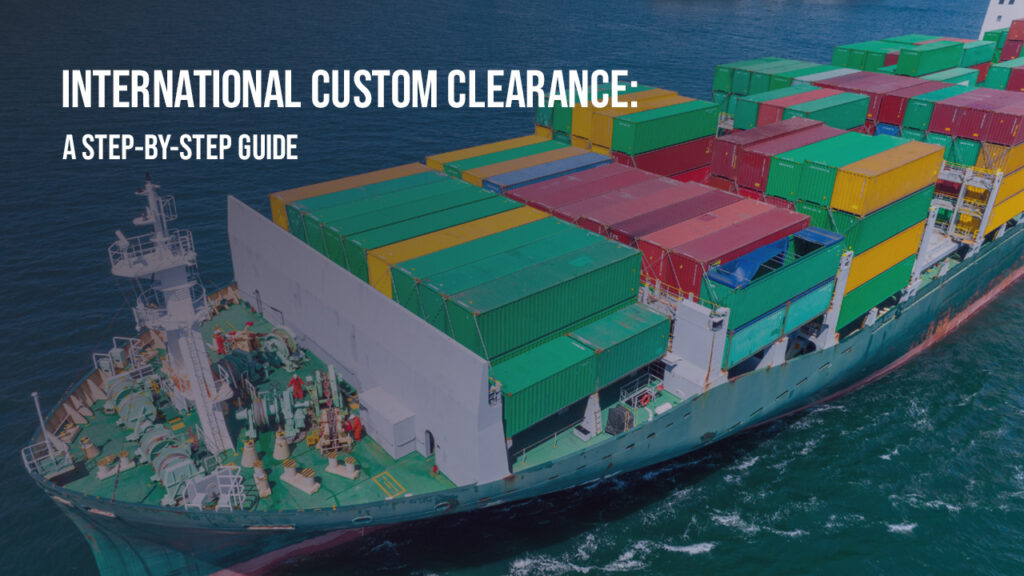Navigating the complexities of international customs clearance can be a daunting task for businesses engaged in global trade. Understanding the intricacies of customs procedures is crucial to ensuring the smooth flow of goods across borders, avoiding delays, and complying with regulations. In this comprehensive guide, we’ll take you through the step-by-step process of international customs clearance, shedding light on essential terminology, documents, and best practices to streamline your global trade operations.
1. Understanding Customs Clearance
Customs clearance is the process by which goods are authorized to enter or exit a country’s borders. It involves a series of procedures to ensure compliance with local laws and regulations while facilitating the smooth flow of international trade.
2. Preparation is Key
Before shipping your goods internationally, thorough preparation is essential. This includes determining the destination country’s import regulations, obtaining necessary permits, and ensuring that your products meet all safety and quality standards.
3. Required Documentation
Accurate documentation is the backbone of successful customs clearance. Key documents include:
Commercial Invoice: A detailed invoice specifying the goods’ value, quantity, and description.
Bill of Lading (B/L): A document issued by the carrier that serves as proof of shipment.
Packing List: Details on the contents of each package.
Certificate of Origin: Indicates the country where the goods were produced.
Import/Export Licenses: Depending on the type of goods and destination, licenses may be required.
4. Customs Valuation
Customs authorities assess duties and taxes based on the declared value of your goods. Ensure accurate valuation to avoid discrepancies and potential delays.
5. Harmonized System (HS) Codes
HS codes classify products for customs purposes. Assign the correct HS code to your goods, as it impacts duty rates and regulatory requirements.
6. Customs Duties and Taxes
Understanding the applicable customs duties and taxes is crucial. These fees vary by country and can significantly impact the cost of your imports.
7. Import Restrictions and Prohibitions
Different countries have restrictions on certain products, such as firearms, drugs, or endangered species. Familiarize yourself with these regulations to prevent legal issues.
8. Working with Customs Brokers
Customs brokers are experts in customs regulations. They can help you navigate the complexities of clearance, ensure compliance, and expedite the process.
9. Advanced Customs Programs
Some countries offer programs like the Trusted Trader Program, which simplifies clearance for companies with a proven track record of compliance.
10. Final Checks and Conclusion
Before shipping, double-check all documentation, ensure compliance with regulations, and communicate effectively with customs authorities and your chosen customs broker. In conclusion, international customs clearance demands meticulous planning, attention to detail, and a commitment to compliance. By following this step-by-step guide, you can streamline the process and ensure your goods reach their international destinations smoothly.
In conclusion, international customs clearance is a critical aspect of global trade that requires careful planning, adherence to regulations, and attention to detail. By following the steps outlined in this guide, you can navigate the complexities of customs clearance with confidence, ensuring the efficient movement of goods across international borders. Remember that each country may have unique requirements, so staying informed and seeking professional assistance when needed is key to success in the world of international trade.

